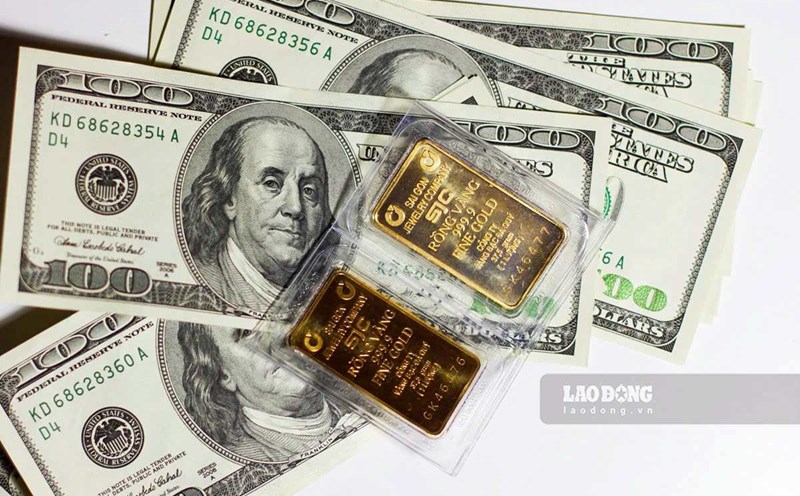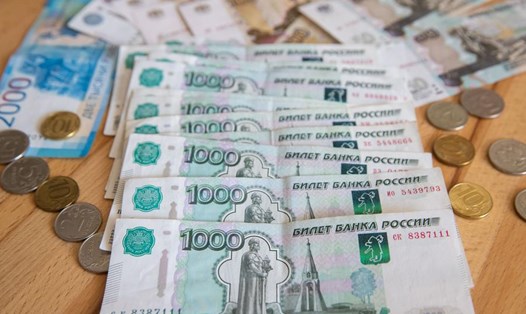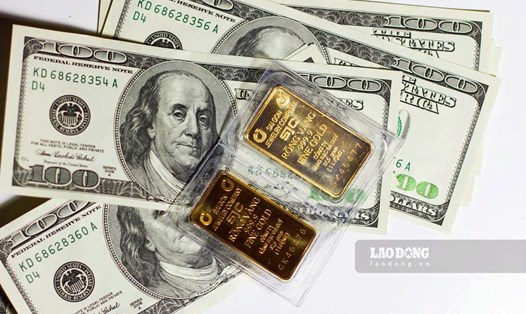Just a week after setting an unprecedented record, world gold prices suddenly plummeted to a 2-week low, while China took the opportunity to "release goods" before a long holiday and the US market rekindled hope for a series of trade deals.
Reuters reported that at the end of the trading session on January 1 New York time, spot gold prices fell sharply by 2.3%, down to 3,211.53 USD/ounce, while gold futures on COMEX also fell nearly 3%, closing at 3,222.20 USD/ounce.
This is the lowest level since April 14, after the world gold price soared to a historical peak of 3,500 USD/ounce last week.
Bob Haberkorn, senior strategist at RJO Futures, commented: The market is taking profits as the risk-off mentality weakens. There are beliefs that the US has approached China to resume trade negotiations, and that has caused gold - a safe haven asset - to be sold off.
US President Donald Trump said on the same day that trade agreements with India, Japan, South Korea and even China are all within reach. There is a high chance of a deal with Beijing, Trump said.
However, the Chinese market is on the international labor holiday lasting from May 1-5, causing liquidity to decline seriously. Gold is being sucked into liquidity space created by the Chinese holiday season, said Canadas financial services and investment banking firm TD Securities.
One of the shocks that caused gold prices to fall sharply was the news that China sold nearly 1 million ounces of gold through SHFE and SGE exchanges in the early morning of January 1 - a time when the Asian market was less liquid and vulnerable to strong fluctuations.
According to Goldman Sachs, just 1 week ago, gold ETFs in China such as Huaan Yifu, Bosera and Guotai were still rushing to attract capital when China gathered up to 1.2 million ounces of gold in just 1 day (24). However, the flash supply before the holiday has caused holdings to decrease by 5% compared to an all-time high, ending a streak of non-stop increases since the beginning of the year.

A noteworthy point is that most of the recent fluctuations in gold prices have occurred during trading hours in China, showing that the global gold market is being significantly dominated by the Beijing market, especially when the sell order was issued at a time when global liquidity was weak.
At the same time, investors are watching the US non-farm payrolls report due on February 2 US time. The US GDP data for the first quarter showed a shrinking economy, while the PCE - the Federal Reserve's preferred inflation measure - remained unchanged in March.
Analysts expect the Fed to not raise interest rates again, but not rush to cut until there are clear signs of cooling inflation or a weakening labor market.
In that context, gold will still have a long-term hold if geopolitical instability or inflation risks return.











